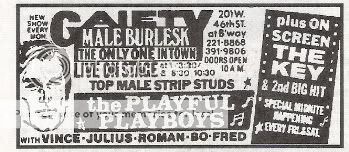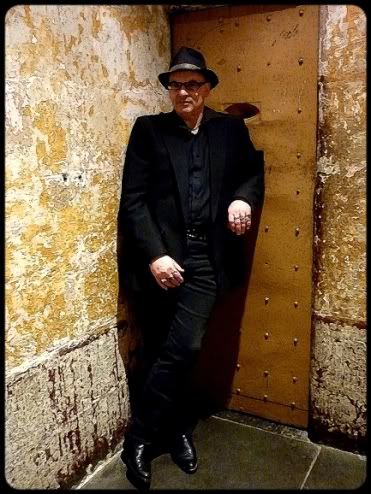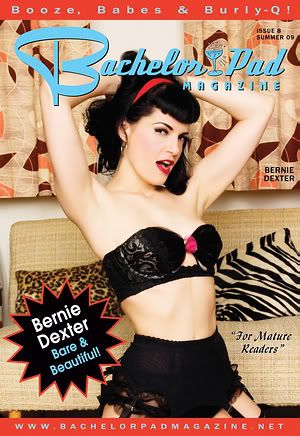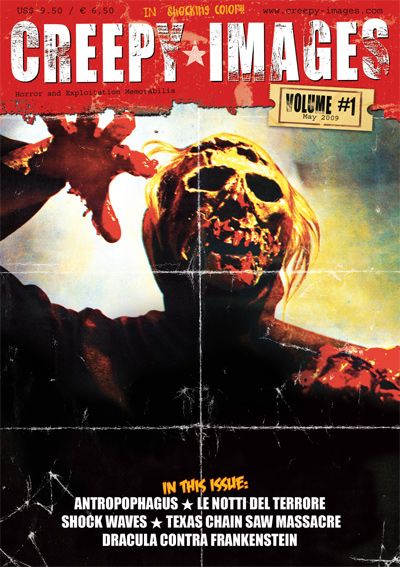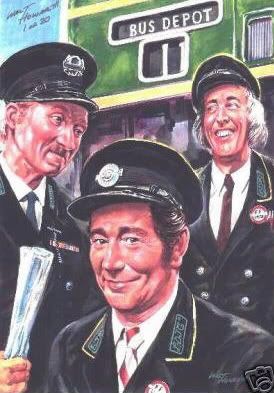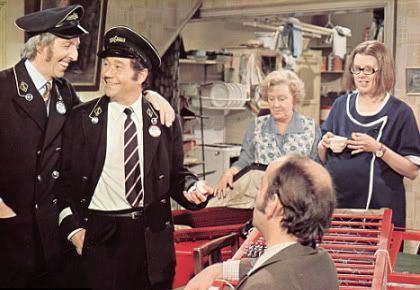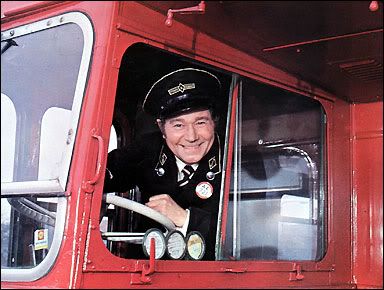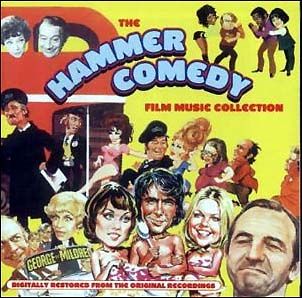
The porn industry is one which has thrown up more than its fair share of casualties. Murder (Artie Mitchell and the Wonderland Murders involving John Holmes) and scandal (such as the underaged career of super-starlet Traci Lords) sit side by side with the burn-outs, rampant drug use, falsified AIDS tests and reported involvement of organised crime which help shatter the fragile illusion that porn is somehow a legitimate offshoot of the mainstream film industry. But in the meat grinder world of American Adult Entertainment, where pretty and often naïve and vulnerable young women are both its greatest asset and its most disposable commodity, it is the self-inflicted death of a starlet which, to me, most vividly echoes all that is dark and disturbing about the industry.
The first suicide to rock the smut bizz in a big way was that of Colleen Applegate. A naturally pretty blonde and high school cheerleader with all-American looks, Applegate left her small hometown of Farmington, Minnesota in 1982, at the age of 18, and headed for California with her boyfriend, Mike Marcell (later, it would emerge that she left the small town after a suicide attempt some months earlier had been made public). Arriving in Los Angeles, Applegate and Marcell struggled for several months before an interview with World Modeling Agency owner Jim South led to Applegate posing for layouts in low-rent skin rags like Club, before quickly graduating to the prestigious publications such as Hustler and Penthouse.

Applegate’s wholesome looks and naivety eventually attracted porn film producers, and after her boyfriend split to join the U.S. Army, veteran adult producer Bobby Hollander dreamed up the screen name Shauna Grant and put Colleen to work in such hardcore flicks as Summer Camp Girls, Private School, Sex Games, Paper Dolls, Suzie Superstar and Centerfold Celebrities. Her shamed family back home tried to put on a brave face as Applegate’s star rose, although her increasing cocaine consumption made her unreliable, which combined with her unenthusiastic onscreen performances (she hated having sex in front of an audience), saw her career dry up as quickly as it had ignited. She quit the adult industry less than a year after she had entered it (and with over 30 movies to her name) and moved to the desert resort town of Palm Springs with Jack Ehrlich, a 44 year-old cocaine dealer. The following year, Ehrlich was sentenced to five years imprisonment for cocaine possession, cutting off both Applegate’s livelihood and drug supply.
Applegate could have returned to Minnesota to make a new start – her parents had offered to pay for her travel and college expenses – but the thought of how she would be received back home was too much to bear, and she decided to take an easier way out. On March 21st, 1984, the depressed, high-as-a-kite Colleen Applegate shot herself in the head with Ehrlich’s .22 caliber rifle. She died in hospital two days later, after never having regained consciousness.

The porn industry tastefully cashed in on Applegate’s suicide, rushing out a compilation video titled Shauna Grant: Every Man’s Fantasy (there was also a tribute magazine of the same name). Even mainstream Hollywood felt compelled to deal with Applegate’s story, producing the better than average 1987 TV movie Shattered Innocence, the same year Applegate was also found herself the subject of an excellent PBS documentary, The Death of a Porn Queen.
Applegate’s story wasn’t a whole lot different that Michelle Schei’s. Born in Oakland, California on March 2nd, 1964, Schei suffered regular beatings and emotional torment from her sadistic mother. She tried to escape by running away from home at 14, was working in a Guam massage parlour two years later, and by 18 was stripping at the famous Mitchell Brothers’ O’Farrell Theatre in San Francisco, before beginning her adult film career in 1987. Schei acted under a variety of pseudonyms, including Carolyn Chambers and Heather Newman, but in most of the 130+ films in which she performed she was billed as Megan Leigh. Some of the titles on her resume include Sex Lives of the Rich & Famous, Hot Scalding, Goin’ Down Slow and Lips on Lips.

Shei rarely looked like she was enjoying herself in front of the camera, and developed a healthy dependence on Quaaludes to help her cope. But she still couldn’t escape the clutches of Mrs. Schei. On June 16, 1990, after another flaming row with mommie dearest (who had chastised her for entering into a same sex relationship with another adult film performer), and a high level of Valium in her system, Schei finally set herself free by putting a .38 revolver into her mouth and pulling the trigger. Ironically, Schei had purchased a $500,000 house for her mother less than a month prior to her suicide, as a way to try and resolve the long-standing dysfunctional relationship.

But the biggest porn star suicide still remains that of Shannon Wilsey. Born in 1971, Wilsey entered the screen smut scene in 1990 under the name Silver Kane. After appearing in a couple of one-day wonders like No Boys Allowed and Raquel’s Addiction, the platinum-capped starlet underwent cosmetic surgery, changed her name to the exotic and Southern sounding Savannah, and became the biggest adult film star of the early-nineties, grinding out features like Telemates, Hurts so Good and Blonde Forces. She also developed a penchant for dating rock stars, among them Billy Idol, Gregg Allman, Motley Crue singer Vince Neil and guitarist Slash from Guns ‘n’ Roses. Despite her stardom, Wilsey never looked enthusiastic while having sex in her films (have you noticed a pattern developing here?), and often just laid back and let her on-screen partners do all the hard work.

The last piece of work which Wilsey was involved in occurred after she crashed her Corvette on the night of July 11, 1994. High on heroin and sinus tablets, she freaked out over the broken nose she had suffered in the accident, petrified that it would scar her for life and diminish her work prospects. Rather than face that possibility, she ran home and shot herself in the head with her .40 calibre baretta. Showing great taste, High Society published a tribute to the late porn goddess, including photos of her brain matter sprayed all over her garage floor. Even the September 9, 1994 edition of the short-lived Aussie rag The World ran a five page cover story on the suicide. Their article featured a full-page photo of Wilsey with a superimposed, bloodies handgun resting on her naked breasts, with the headline ‘Dead Gorgeous’ emblazoned across the photograph.
I guess that’s just the kind of respect your death gets when you make your living by having sex on film.
Copyright John Harrison 2009
OTHER NOTABLE AMERICAN PORN STARLET SUICIDES:
Alex Jordan - Age 31
Alex entered the adult business in her mid-20s, an age when most actresses are getting out. She and her husband thought it would be a good way to finance a comfortable middle class future. She won the 1993 Adult AVN Awards for "Best New Starlet". Jordan's best friend was her parrot, and when it died, she went crazy. Speaking on the telephone to her husband, she accused him of not caring about her. His crime? Lack of sensitivity to her feelings about her bird's death. She wrote a note describing her depression over the loss of her bird, and on the 27th of June, Alex hung herself in her closet.
Trinity Loren - Age 34
Loren began her porn career on screen in late-1985, and quickly achieved renown as one of the first starlets of the straight-to-video era of adult films. She retired from pornographic films in the early-1990s, fearing the threat of the AIDS virus.
In 1998, Loren's boyfriend, pornographic director Joe Gallant claims that the pair were about to start doing some sex scenes together as a start of Loren's comeback into the adult industry. Trinity Loren died on October 25, 1998 due to an overdose of prescription painkillers.
Teri Diver - Age 29
Diver was one of the most prolific porn stars of the 1990s, appearing in over 200 movies. Diver was a migraine headache sufferer for years, which led to her death on January 2, 2001. She apparently took an overdose of her migraine medication, which caused her to go into cardiac arrest.
(Thanks to www.hellandjustice.com)





















